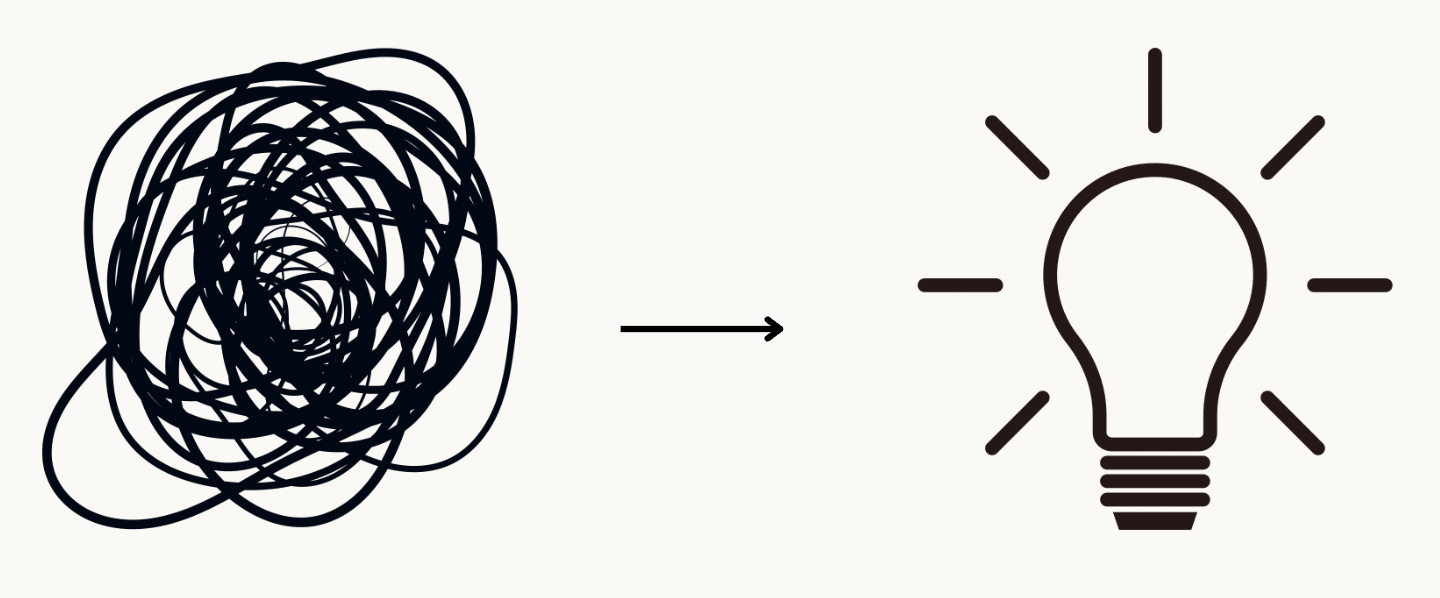3 Types of Product Sense Interviews You Need to Master
My framework helped me pass interviews at Meta, Spotify and Nextdoor
Product sense—it’s the wild card of interviews.
Unlike coding, which has right or wrong answers, product sense is all about…well, sense.
What the hell even is it?
It’s abstract, open-ended, and feels more like an art than a science.
And it’s tough to master.
Fresh grads? They struggle because they haven’t had industry exposure.
Industry pros switching careers? They feel lost without product experience.
I get it—I’ve been there.
But I cracked the code: I’ve scienced the f*ck out of product sense interviews.
It only took me 3 months, 17 mock interviews, 60 hours of research, and way too many replays of myself…

But once I did, I breezed through product sense interviews.
Now, I’m sharing the exact framework I used to ace those big tech interviews, including Meta and Spotify.
Who needs product sense? (Hint: probably you)
If you’re aiming for a role like:
Data Scientist
Data Analyst
Business Analyst
Product Analyst
You need product sense to stand out.
What does “product sense” really mean?
It means stepping into a PM’s shoes and thinking about:
What makes your favorite product addictive?
How do you judge if a product is succeeding or failing?
How would you solve a real problem, like a sudden drop in usage?
In short: Product intuition + technical skills = Product Data Scientist.
What you’ll get in this series
To make the insights digestible, I’m breaking it down into a 4-part series:
1️⃣ This article: An overview of the 3 types of product sense interviews and the grandfather framework I use to tackle them all (using Airbnb as an example).
2️⃣ Next up: A deep dive into crushing “measuring product health” questions.
3️⃣ Future articles: Deep dives into the other two types of product sense questions
What you’ll get today:
3 Key types of product sense interviews you need to master
My grandfather framework to approach them (using Airbnb as an example)
4 common pitfalls that trip people up
Consider this series your guide to turn “product sense” from a fluffy concept into a skill that gets you hired.
3 Key types of product sense interviews you need to master
1. Evaluating product health: Is it thriving or just surviving?
“How would you evaluate the health of Facebook Groups?”
This isn’t just about metrics; it’s about storytelling with data. You’ll want to consider things like:
Engagement: Are people actively posting, commenting, and sharing?
Growth: Are new members joining, and are existing ones sticking around?
Retention: Are users coming back weekly or monthly?
Pro tip: Tie these metrics to user outcomes. For example, “A drop in comments could signal that the content isn’t resonating, which means groups might need better moderation tools or new discussion features.”
2. Launching a new feature: Will it pop or flop?
“We’re thinking about launching Bumble BFF. How would you help decide if this is a good idea?”
This is where you get to flex your strategic thinking. Consider:
User needs: What problems would Bumble BFF solve for users?
Market research: Is there demand? What does the competition look like?
Impact analysis: How will this feature align with Bumble’s overall mission?
3. Troubleshooting: What went wrong, and how do you fix it?
“Yesterday, YouTube’s search volume for ‘keyboard’ spiked by 10%. How would you investigate why?”
Time to channel your inner detective. Think in layers:
Technical issues: Could this be a bug or algorithm glitch?
Trending content: Did a viral video or news event spark curiosity?
User behavior: Are people suddenly buying keyboards or looking up tutorials?
These scenarios aren’t just tests; they’re a peek into the job you’d actually be doing.
Master my 5-step grandfather framework for crushing any product sense question
If you’re aiming for that big tech role, you need solid frameworks to approach these problems with confidence.
You can’t just “wing it”; you need to “bring it.”
Here’s how in 5 steps (C-PODS):


